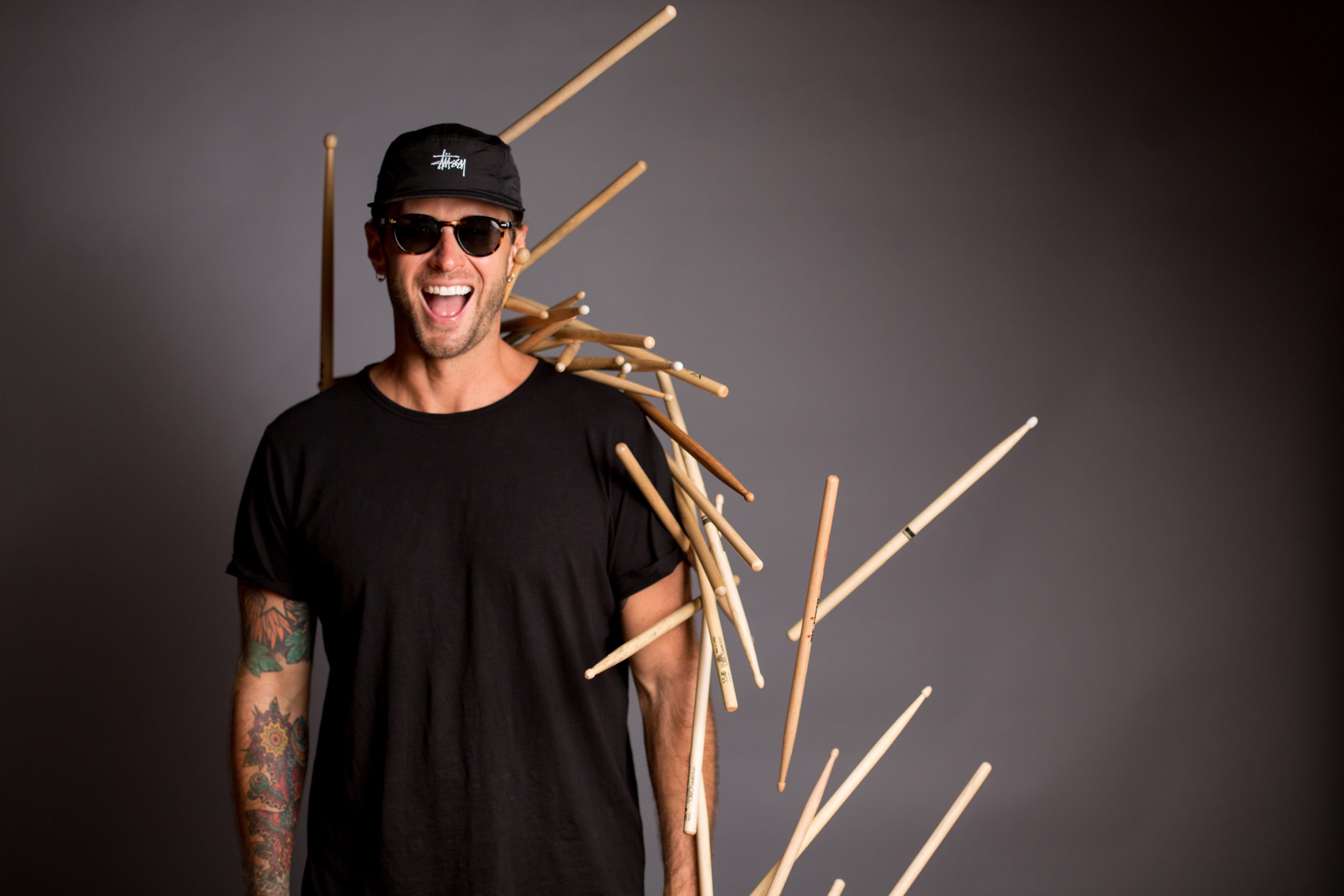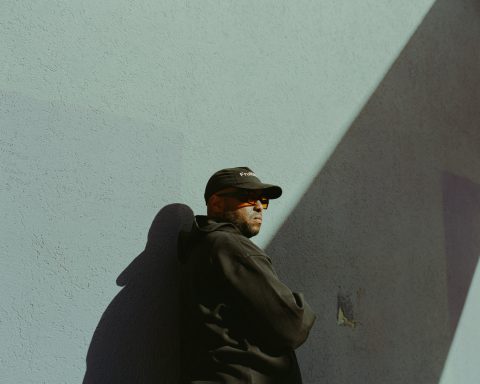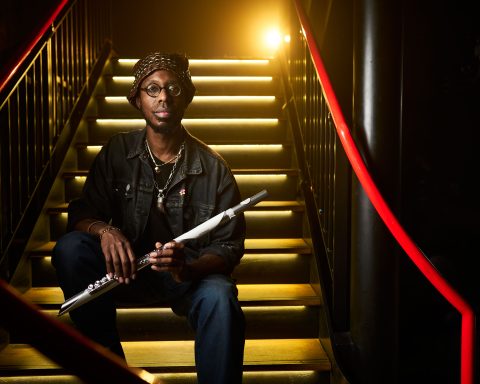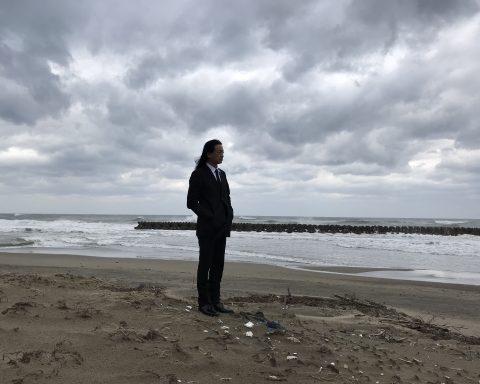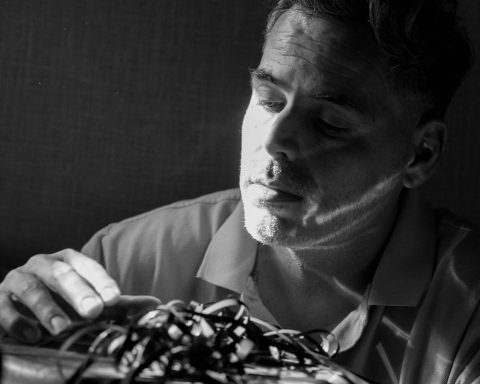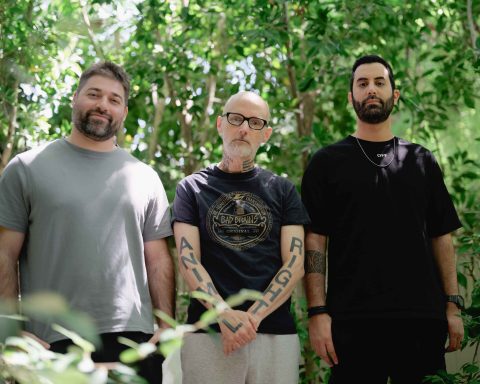Canadian DJ and producer RUMPUS brings a punk rock aesthetic to his EDM sets, bouncing between mixing and live drumming with unmatched energy. Incorporating his VAD307 V-Drums Acoustic Design kit and SPD-SX sampling pad pays homage to his roots as a drummer in a punk rock band, blurring the lines between a traditional DJ set and live show.
With a growing international fanbase, a recent feature in a hit HBO series, and standout appearances at major festivals across North America and beyond, RUMPUS is quickly carving out a space as one of the most dynamic and unconventional acts in the electronic music scene. The award-winning DJ discusses his unique hybrid setup, genre-bending sound, unexpected viral hits, and commitment to authenticity.
A Noisy Disturbance
How did you get started drumming?
When I was twelve years old, my mom asked me if I’d be interested in going into drum lessons. I can’t imagine why any parent before electronic drums existed would want their kid banging on a drum kit in the basement every day, especially when they’re learning. But she was super supportive and thought I would really like it.
She put me in drum lessons, but I didn’t really like the lesson part. I just liked playing the drums. Then I met a friend in grade nine who played guitar, and we started jamming and playing Rage Against the Machine covers. From then on, it was all self-taught.

How do your punk roots influence the music you make now?
I think my punk roots really come out in my live show. When I’m up on stage, I still feel like I’m in a band. I like the rawness and energy; I engage with the crowd. I move around the stage from mixing to my drum kit. I invite people up to hang out and dance on stage and be a part of the show. And I think that really came from all my punk rock roots—the raw chaos of it all. I thrive in that environment. The name RUMPUS came from the idea behind that. It means a noisy disturbance, a commotion.
"RUMPUS means a noisy disturbance, a commotion."
DJ Drum Fills
How do you incorporate your VAD307 into your live shows?
I own the VAD307, but sometimes, when I go to bigger shows, I like to play the VAD507 because it looks so amazing up there. It’s got the full drum shells and everything. I have my DJ setup—I’m playing with the CDJs and a mixer and mixing tracks. Then, the drums are run to the front of house. And they’re mixing the kit with my feed coming from my mixer and my DJ decks.
I basically play along to tracks that I write, and sometimes, I’ll play other people’s tracks, adding new sounds, changing the drum patterns, and layering over top. Because there are already drums in the tracks that I’m making, I accent them and add extra, exciting moments, fills, and different patterns to the music.
How much sound design goes into preparing for a live set? Do you sample your own sounds, or do you use the kit’s onboard sounds?
I was super impressed with all the sounds that came with the VAD307’s TD-17 module. When you really dig under the hood, you can make so many adjustments, such as parameters and sound layering. There are so many sounds in it.
I created all my kits and sounds using the stock sounds that came with that kit. I adjusted them depending on the song. For example, I might change the claps or the snares depending on what track I’m playing on. But generally, I keep most of the drum tops the same and might change some toms or a kick.
You also use the SPD-SX in your live setup. What factors influence your decision to use the sampling pad versus your drum kit?
Generally, it depends on the show size and space on the stage. It’s a lot of work to bring or source a drum kit, and a lot of places are only prepared for DJs. They’re not set up for bands. So, when we tell them we’re going to bring a full drum kit, sometimes the sound guys get a little scared.
I have the SPD-SX as my scaled-back version, so I can still go out and have some percussion and drumming elements to my sets. A drum pad isn’t as entertaining as watching someone play on a full drum kit, but it’s still a really good option to have something that’s easy to travel with. It’s small and compact, so I can bring it into a club. I can fit it in the DJ booth up with the CDJs, and I can still offer people that live show experience, just a little scaled back from my regular show.
I run the SPD-SX right into my DJ mixer because I’m using fewer sounds. It’s easier to EQ, and I can do it right on the mixer. Then, it runs through all the compression of that. I can control the mix, decide where I want it to sit, and adjust it on the fly. It’s great for festivals, too, because when you don’t get a sound check, I can quickly adjust it, and I know exactly how it should fit into the mix.
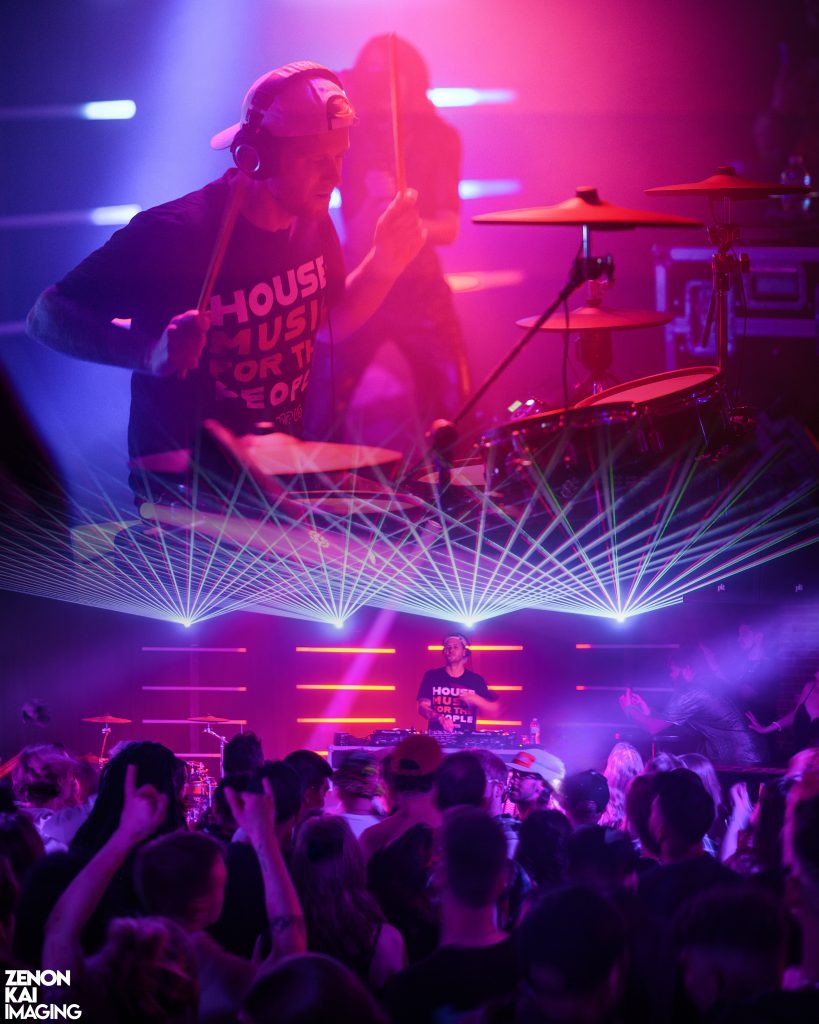
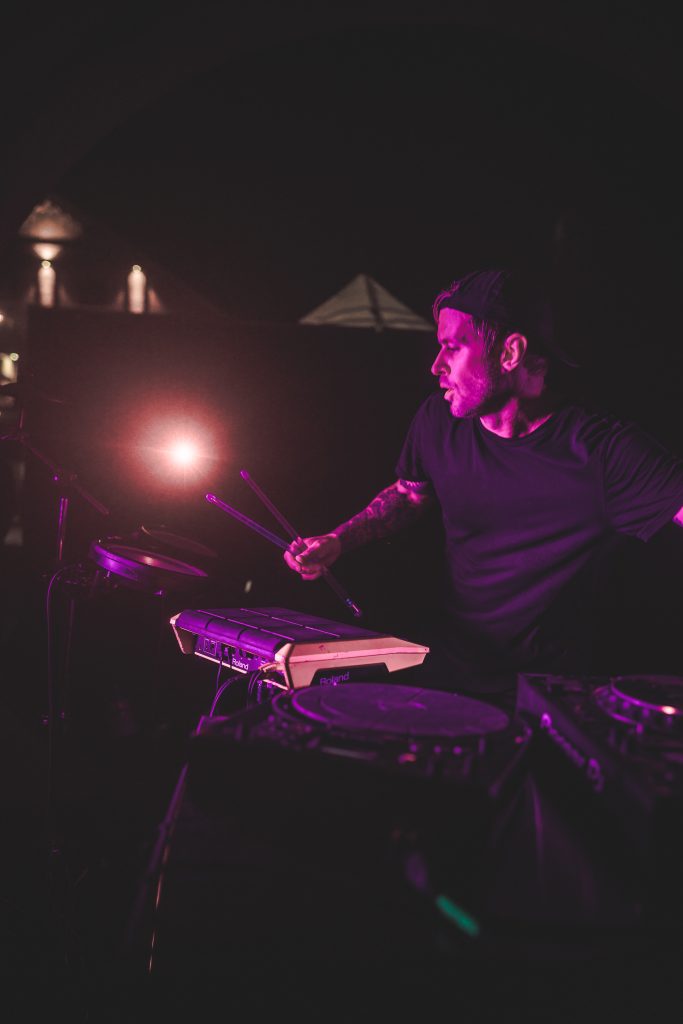
House Music for the People
You recently released a new EP, Body Movin’. Can you tell me about that?
It’s a new two-track EP. I just put out on Uprise, and both songs are very different from one another. The title track, “Body Movin’,” has a big chunky bass line, Latin drums with a hypnotic synth, and catchy vocals. The B-side, “Party Favours,” is a stripped-back, peak-time warehouse rave style, acid tune, built for the old school ravers. Two very different songs, but I’m happy to have them together on the EP to showcase the different styles of house music I make.
Your track “Set It Off” was recently featured in The White Lotus. What was that process like?
I released that song in early 2024 and hadn’t thought about it in a little while. It had been almost a year since I put it out when I heard that it might be getting featured in season three of The White Lotus. And I didn’t actually know for sure if it was happening until a couple of days before it aired when I got tagged by the sync licensing company.
It was really exciting to see it in such an iconic show, and for my music to be able to get out to a different, wider audience. Usually, my music stays within the EDM/dance music community bubble, and it was cool to reach a more mainstream audience and have people, first of all, exposed to my music that may not have ever heard of me before but also may be introduced to dance music and maybe turn some mainstream listeners or some country music fans into future ravers.
"Some tracks are just so good to start with that you shouldn't mess with them too much."
Remix Magic
You’ve made a name for yourself with remixes, particularly Rufus Du Sol’s “Innerbloom.” How does your approach to edits differ from creating your own music?
It depends on the edit or the remix I’m doing. Some tracks are just so good to start with that you shouldn’t mess with them too much. And Rufus Du Sol’s “Innerbloom” is one of those songs. It’s one of my favorite electronic music tracks of all time, and I love playing it out. I love the original, and I have played some other remixes of it before, but I just wanted to make my own version of it.
In that process, though, I didn’t want to diminish the song’s important elements. I upped the energy for the drops that fit my sound and style more. I recreated the lead synth as close as I could so I could add some extra notes, variation, and different patterns to it while maintaining many of the original elements of the song.
I didn’t plan on releasing it. I made it originally just for myself to play in my own sets. I made it for Envision Festival. Rufus de Sol has played Envision before, and people really love them there. I wanted to close my set with it, so I made that track specifically for them.
And then I gave it to a couple of other DJ friends. I think MARTEN HØRGER was the one who was playing it and said, “Hey, this is awesome. I love this. You should put this out.” I decided to give it away to some DJs and put it on SoundCloud. And then it just exploded when Dom Dolla played it at Tomorrowland.
Since then, almost every big DJ in the world has played it—John Summit, Tiësto, Kaskade, The Chainsmokers. It’s gone super viral and had a snowball effect, which is awesome. I never expected that to happen when I made that tune, and I almost didn’t even put it out.
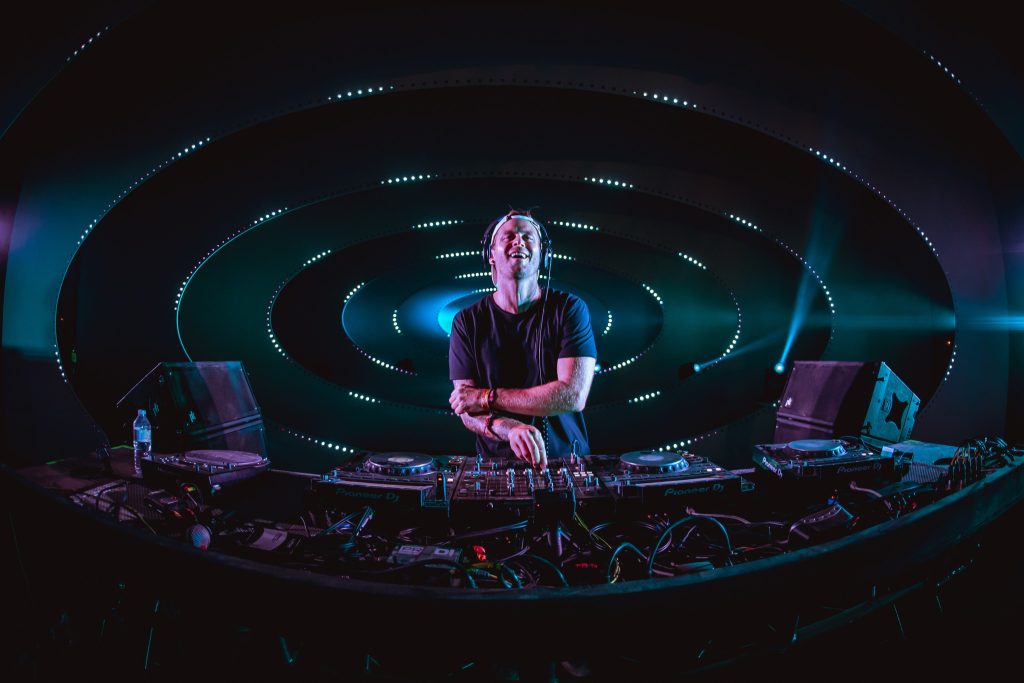
How do you choose which songs you want to remix?
There are two approaches I take to a remix. Is this something new and hot right now that I just want to do an edit or flip of, put out, and move on from? I feel those types of remixes won’t have a lot of life to them.
Then there are tracks I’ve loved my entire life, and I could listen to them a million times and never get tired of them. Those are the ones that I want to really put a lot of time and effort into. I’m more careful and craftier about making sure that I maintain the important elements of those tracks, and I honor the track’s original sounds. I just put my own spin on it.
"Copying what other people are doing won’t get you anywhere, so being unique and being yourself is what will make you stand out."
How to Stand Out
Do you have any advice for musicians who want to jump into electronic music from another genre?
It’s really important to look at what other people are doing in the genre and study the music if you’re coming into a new genre. Look at the sounds that they’re using, how they’re arranging the songs, and what style of mix-downs they are doing. What kind of drums are they using?
For example, it’s important to understand different styles of kick drums used in different styles of electronic music, rock music, or whatever you’re trying to make. A lot of those elements really define that genre.
Once you have an idea and understand that, throw some of that away and just do your own thing, and be unique. Incorporate things from your previous genre that you came from into this new one and find a way to blend the two together and make your own sound. Copying what other people are doing won’t get you anywhere, so being unique and being yourself is what will make you stand out.
